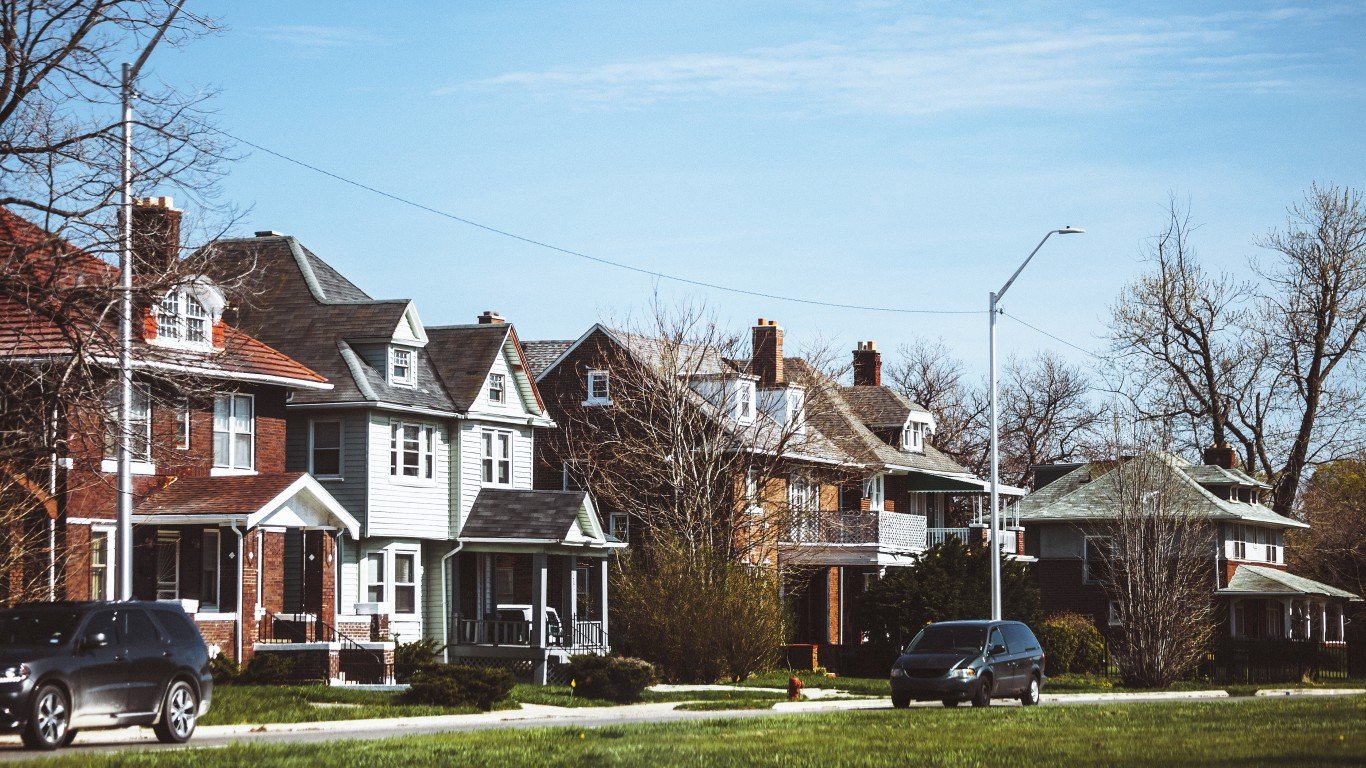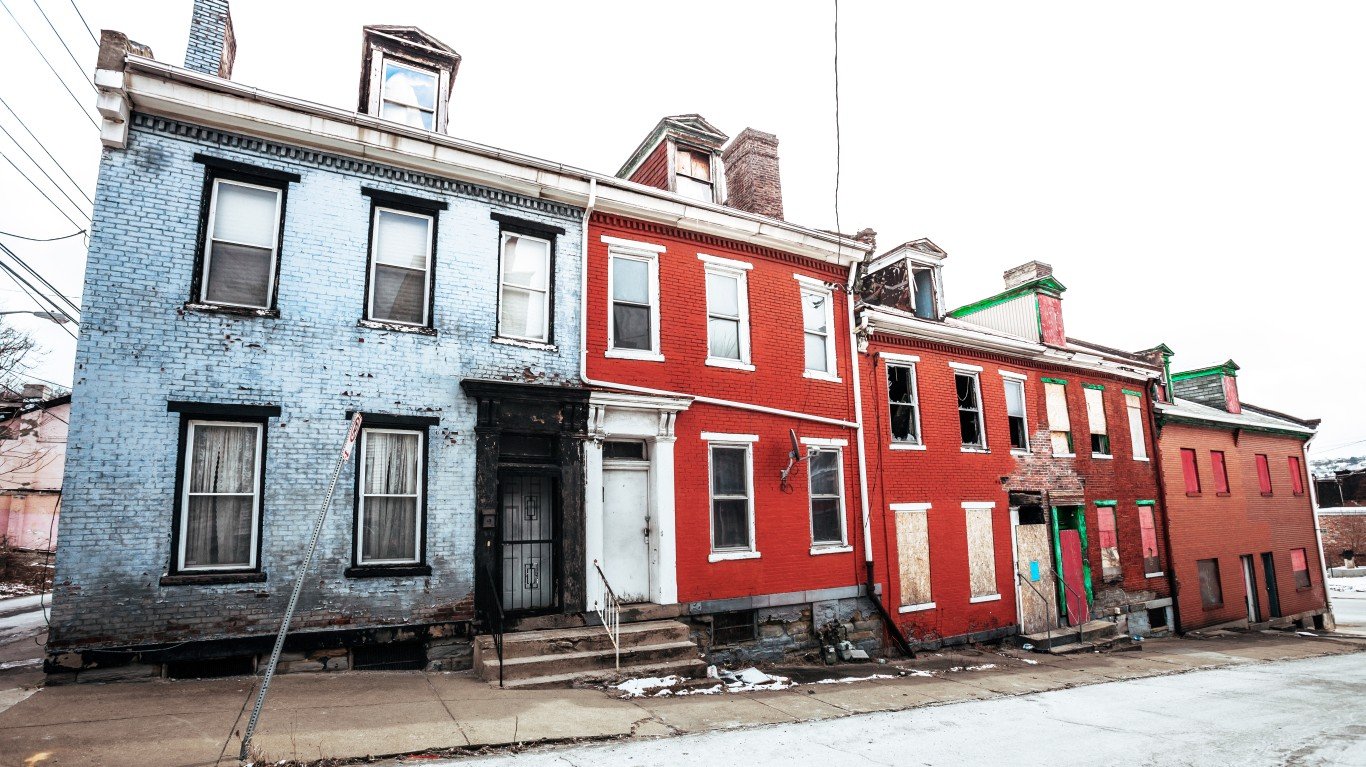

Earlier this week, Fannie Mae (FNMA) announced that it had priced an offering of $966 million in a security consisting of more than 700,000 single-family mortgage loans. The unpaid principal balance of the mortgages in the security is around $152 billion. The transaction is designed to transfer some credit risk from the company’s Connecticut Avenue Securities (CAS) seasoned loan portfolio to institutional investors, such as real estate investment trusts (REITs) and hedge funds.
The mortgage loans included in the transaction include one group with loan-to-value ratios of 60.01% to 80.00% and a second group with loan-to-value ratios of 80.01% to 97.00%. Most of the loans are 30-year, fixed-rate, fully amortizing mortgages. When this transaction is completed, Fannie Mae will have issued a total of $47 billion in CAS notes. The company has transferred a portion of its credit risk on about $1.5 trillion in single-family mortgage loans to private investors.
Fannie Mae and its sister agency, Freddie Mac (FMCC), are government-sponsored agencies (GSEs) that together hold roughly one-third of the nation’s $16 trillion in mortgage debt. The two GSEs play a crucial role in U.S. housing finance, buying mortgages and repackaging them into mortgage-backed securities that are then sold to investors.
Both were placed under Federal Housing Finance Agency (FHFA) conservatorship in 2008 following an injection of $190 billion in bailout funds to keep the two GSEs from failing. Since being placed into conservatorship, the two GSEs have returned more than $300 billion in dividend payments to the U.S. Treasury. FHFA Director Mark Calabria and U.S. Treasury Secretary Steven Mnuchin are currently working on a detailed plan that would see the agencies exit the conservatorships by mid- to late 2021.
What Fannie Mae’s 2019 Annual Report Reveals
Fannie Mae reported fourth-quarter and full-year 2019 results in mid-February. Net income for the quarter totaled $4.4 billion, and for the full year, it rang in at $14.2 billion. Fannie Mae’s net worth rose to $14.6 billion last year and, under an agreement with its conservator, the company is now allowed to retain its profit until its net worth rises to $25 billion.
Compared with 2018, Fannie Mae’s net worth dropped by $1.8 billion (from $16 billion in 2018), which the agency attributes to falling interest rates in 2019. Fannie Mae added about $200 billion to its credit risk transfer book in 2019, bringing its year-end balance of outstanding single-family loans to $1.34 trillion.
Fannie Mae also issued its first multifamily CAS in the fourth quarter of last year. The company said that this, along with its other risk-sharing credit programs for multifamily housing, reduced its capital requirement by 70% on multifamily loans acquired in 2018.
The company’s retained mortgage portfolio fell from $179.2 billion at the end of 2018 to $153.6 billion last December. The drop was attributed primarily to a decrease in Fannie Mae’s loss mitigation portfolio driven by sales of reperforming loans.
How the Coronavirus Could Hurt Housing and the GSEs
Following Tuesday’s unexpected announcement of a half-point cut in the federal funds rate, the interest rate on a 30-year fixed-rate mortgage fell to 3.13%, a 52-week low. The rate has ticked a bit higher since then, to 3.19%.
Mortgage loan rates have been on a steady downward track since November of 2018. Even so, the rates do bounce around in long-term improvements. The question now is whether the coronavirus-led plunge has the force to keep rates low or if rates will bounce back.
Building materials imported from China are being affected by the disease. Cargo traffic through the Port of Los Angeles was down about 25% in February amid a rash of canceled ship sailings. Total container volume in the first quarter could tumble by as much as 15% from a year ago.
The coronavirus outbreak also is having a negative impact on the housing market itself. China supplies about 20% of U.S. building products like drywall, lighting and flooring materials. Replacing China in the supply chain will push prices for the construction materials higher.
That pushes up the price of new homes and has the effect of cooling demand from first-time buyers. Some home building may be delayed or canceled, keeping the inventory of homes for sale low and also raising prices.
When homebuilder Toll Brothers Inc. (NYSE: TOL) reported results last month, the company said it could not sell 11 homes because the materials were held up due to the coronavirus outbreak in China. Just 11 homes out of more than 1,600 sold during the quarter doesn’t sound like a make or break issue. But the more shipments are delayed from China, the bigger the impact could be.
Is U.S. Economic Resilience on Display?
In its mid-February Economic & Housing Outlook, Fannie Mae’s Economic and Strategic Research (ESR) Group said it expected full-year 2020 and 2021 real GDP growth to rise by 2.2% and 2.1%, respectively. That reflects an improvement of a tenth of a point from its year-end projection of 2.1% for 2020. The increase is based on an expected substantial boost in business fixed investment later this year.
Risks to that forecast remain skewed to the downside, however, including potential overvaluation of equity and bond markets and a possible worsening of the coronavirus situation. Notable upside risks include a further strengthening of consumer spending and the effects of monetary policy softening domestically and abroad.
Fannie Mae’s chief economist, Doug Duncan, commented:
The U.S. economy’s resilience, rooted in labor market strength and improved household balance sheets, was on display in January amid greater market uncertainty, including Boeing’s production schedule and the effect of the coronavirus on the global economy. … [O]ur updated housing market forecast shows greater strength in essentially every part of the housing market extending through the first half of 2021. The limiting factor for home sales, as well as the primary driver of home price appreciation, remains the supply shortage.
The ESR Group also maintained its expectation of no further rate cuts from the Federal Reserve in 2020, absent any new signs of economic weakening. The group already has been proved wrong about that one. As Yogi Berra once pointed out, “It’s tough to make predictions, especially about the future.”
In a comment to its January 2020 monthly summary, Fannie Mae highlighted that its Guaranty Book of Business increased at a compound annualized rate of 2.4% in January. That’s below the January 2019 growth rate of 2.9% and 2019’s full-year growth rate of 3.0%.
The company also reported that its conventional single-family serious delinquency rate remained flat at 0.66% in January and the multifamily serious delinquency rate remained flat at 0.04%. At the end of January 2019, the single-family serious delinquency rate was 0.76% and the multifamily rate was 0.07%.
What Does Wall Street Think
Following a disastrous last week of February, the Dow Jones industrial average and the S&P 500 have both recovered some ground during the first few days of March. Fannie Mae stock jumped 16% in over-the-counter trading during the first six weeks of 2020. Over the next two weeks, the stock traded down more than 17%.
Ending the GSEs’ conservatorships may be a bigger problem. The political wrangling is heating up over the proper roles for Fannie Mae and Freddie Mac. Odeon Capital’s Dick Bove cut his rating on Fannie and Freddie common shares from Hold to Sell earlier this week. Bove cited the extended timeline to end the companies’ conservatorship as a reason for the move, but not the only reason.
The GSEs’ preferred shares remain a Buy, according to Bove. He noted that prices of the common shares are being driven by the Trump administration’s muddled plan for ending the conservatorships:
While the Administration continues to obfuscate, the courts are slowly and inexorably moving toward decisions that would return the junior preferreds to par value or a slight discount to that amount.
A process to relieve the GSEs of their conservatorships was kick-started by the president last year, and FHFA director Calabria doesn’t think the companies will exit conservatorship until late next year. Any public offering of shares will probably have to wait until 2022. That’s a long time in investors’ years.
Sponsored: Find a Qualified Financial Advisor
Finding a qualified financial advisor doesn’t have to be hard. SmartAsset’s free tool matches you with up to 3 fiduciary financial advisors in your area in 5 minutes. Each advisor has been vetted by SmartAsset and is held to a fiduciary standard to act in your best interests. If you’re ready to be matched with local advisors that can help you achieve your financial goals, get started now.
Thank you for reading! Have some feedback for us?
Contact the 24/7 Wall St. editorial team.



